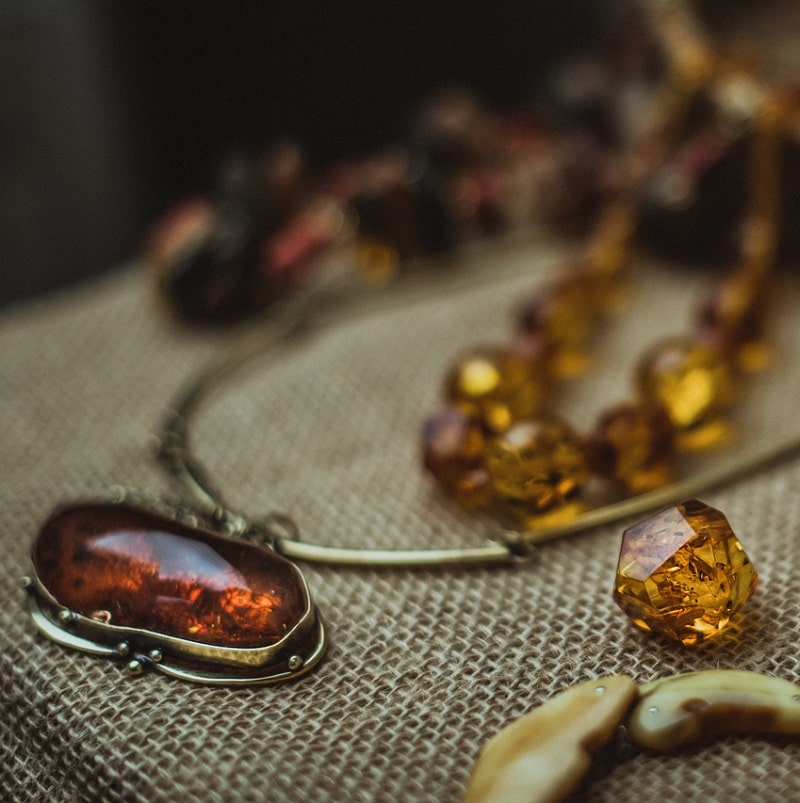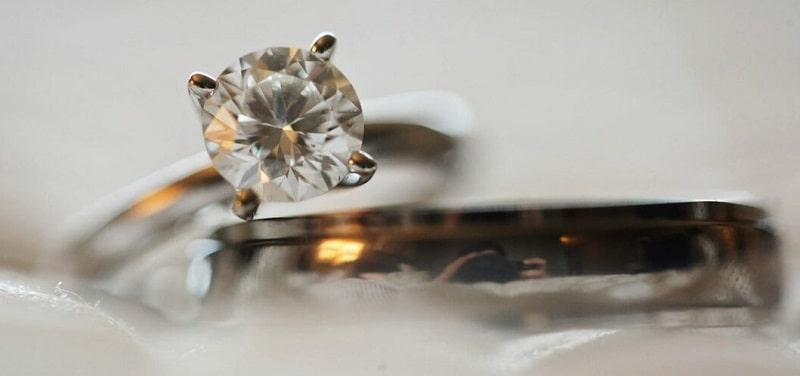
How did jewellery making come about?
Jewellery has been present in people’s lives since ancient times. But no one can name the exact period of their appearance. Many researchers assume that the first jewellery was created around 5,000 years ago. Today, however, archaeologists during excavations uncover ancient artefacts confirming the presence of jewellery in the lives of prehistoric people. Paleolithic female remains, for example, were topped by a huge number of bracelets and beads.
A pair of sea shells with holes drilled into their thickness is an unusual find that has been discovered in Israel’s Schul Cave. These shells are about 100 thousand years old and were probably used as beads or bracelets. In general, ancient people liked to adorn their bodies with all sorts of objects. The jewellery arsenal of those times necessarily included seashells, bones and teeth of dead animals, dried flowers, horns of wild animals, unusual stones and crystals of natural origin.
In ancient times, body jewellery was mainly worn by men. Such jewelry underlined the belonging to a certain family, the character of the owner, his status and level of wealth. Often the jewels served as amulets and carried in themselves a sacred meaning. They were worn by tribal chiefs and hunters. Silicon was very popular among the ancient people. It served as a spearhead and also as a knife used for cutting up the carcasses of animals killed in the hunt.
During excavations in Egypt, China, Israel and Italy archaeologists have found many pieces of jewellery. Recent research by scientists has shown that the first goldsmiths worked in Ancient Egypt. It was from here that the mass production of gold chains, rings and bracelets began. The ancient Egyptians used to decorate the body of the deceased with gold before burial. It was from Ancient Egypt that the tradition of putting a ring on the middle finger of the left hand at the time of marriage originated – as a sign of eternal love and fidelity. It was believed that it was through the middle finger on the left hand that the vein through which blood flows to the heart runs. Egyptians created their jewellery out of bronze and gold and also made frames in the items and inserted various precious stones (amethysts, emeralds, lapis lazuli, turquoise) therewith. Turquoise was the most popular stone among the ancient Egyptians and the jewellery made of it never went out of fashion.

Jewellery masters in Ancient Greece used different techniques to create jewellery. They used casting, carving, embossing and engraving as well. Not surprisingly, their finished jewellery was light, elegant and graceful. Just look at magnificent ancient Egyptian diadems made of gold and silver, precious clasps, buttons and beads.
Ancient Rome made various gold accessories, decorated interior objects (statues, columns, pieces of furniture) and crockery with gold embossing. It was during the Roman Empire that brooches, which were used to fasten togas, first appeared. Ring on fingers in Ancient Rome it was allowed to put on fingers only to doctors and representatives of nobility. Such was the personal decree of Emperor Augustus. Ancient Romans also liked gems. They favoured topazes, sapphires, emeralds, rubies and pearls. After acceptance of Christianity the manufacture of jewels was undertaken by monasteries.
In the XIII century the Europeans approved the law forbidding the common people to wear silver, gold, jewellery with precious stones and pearls. During this period jewellery acted as a kind of symbol of power that was available only to the richest citizens. This prohibition lasted until the XVII-XVIII centuries.
The first jewellery workshops begin to appear in the world after the 19th century. This is the time when diamonds are actively used. New techniques of cutting and polishing are developed, allowing the diamond to shine in all hues of the rainbow. Floral motifs and natural ornaments on jewellery pieces are firmly in fashion. The ornateness and massiveness of precious accessories of that period make them more conspicuous and spectacular. Only at the end of the eighteenth century did jewellery become light, graceful and delicate once again.
The twentieth century brought new trends in jewellery. During this period, artificial crystals were discovered, making jewellery items cheaper and more accessible to less affluent citizens. In the 21st century, the technology of jewelry making has advanced even further. 3D printers have emerged, through which every fashionable woman can now create a one-of-a-kind jewellery piece to her own taste, with a unique design and unique metal and stone colour.
